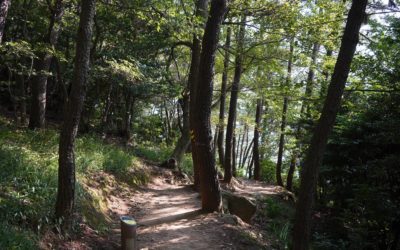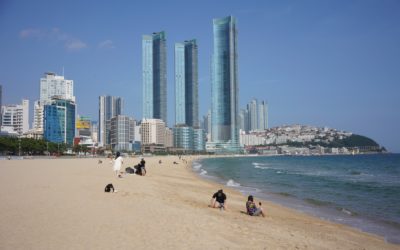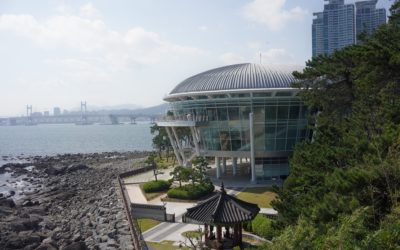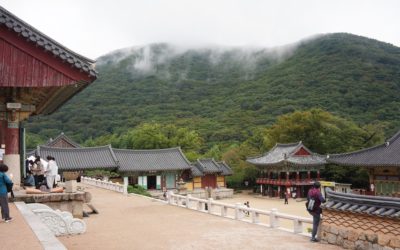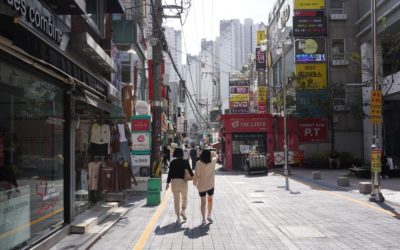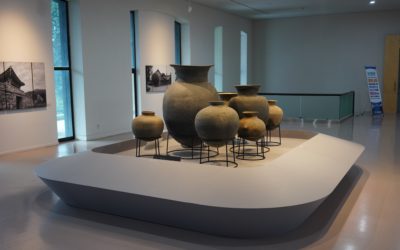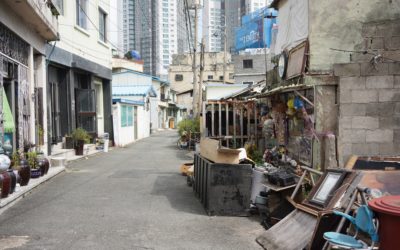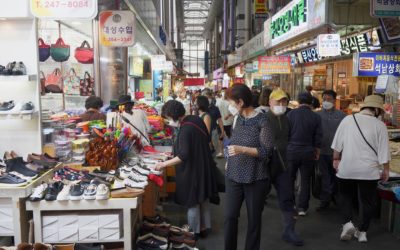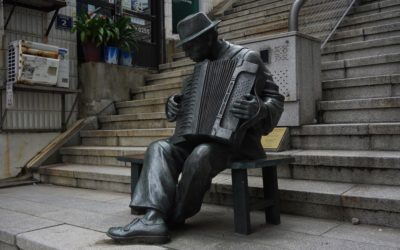See Any Places
Busan Moontan Road and Cheongsapo Fishing Village, South Korea
Busan Moontan Road is a short hiking trail that runs near the sea. At one end of the hiking trail is the tiny fishing village of Cheongsapo. 279
Busan Haeundae, South Korea
The Busan Haeundae area is famous because Haeundae Beach is the largest in Busan. 278
Busan Odongdo, South Korea
Busan Odongdo is at the end of Haeundae Beach. It is the site of The Bay 101 and Nurimaru APEC House. 277
Busan Beomeosa Temple, South Korea
Beomeosa Temple was established in the year 678 during the Silla Kingdom. It is one of the three most important Buddhist temples in the South West of Korea. 276
Busan University Area, South Korea
The area between the University subway station and Busan University is packed with stores, restaurants, coffee shops, and entertainment venues. 275
Busan City Museum, South Korea
The Busan Museum is designed to preserve the traditional culture of Busan through its collection of relics and historical art pieces. 274
Busan Maechukji Village, South Korea
This area was filled with Korean War refugees during the year1950s, and it has not been developed like the other areas and still has the feel of the 1960s and 1970s. 273
Busan Bosu Book Street, Bupyeong Kkangtong Market, Gukje Market, and Jagarchi Market, South Korea
This is my second visit to the Bosu Book Street, BIFF Square, Gukje Market, Kkangtong Market, and Jagarchi Market. 272
Busan 40-Step Stairway, Chinatown and Texas Street, South Korea
Sightseeing around Busan Jung-gu. The Busan 40-Step Stairway is where people found lost family members during the Korean War. Busan has its own Chinatown and an unusually named street called Texas Street. 271

